I’ve been working with some incredibly talented people lately helping mentor them with their skill building or a personal project they want to see published sometime soon, and it has been extremely exciting for me, pushing me to step it up in my own work. I get charged up and I use the positive energy from our sessions spending time learning and experimenting, practicing in similar ways until a result is found that I am happy with. Our sessions are helping me evolve in my skills as much as it could with them.
One interesting observation I have been making with some of these artists is a resistance towards improvement, or “exercising out” the bad stuff in them, as much as they came to me wanting to do just that. It is an interesting struggle I see more and more with new students in my brick and mortar classes as well, as if they should already know this stuff before stepping into the classroom, forgetting the very meaning of learning something new. What is going on with this need to resist working towards improvement and why is this happening so frequently?
Social media has a collective lasso around us and reels us in to the “social” streams of gossip, news, ranting, bragging, sharing and showing off the new and improved, etc. and so on. Things appear out of thin air as if someone hits a button and insta-art is crafted in all its perfection. This can easily disrupt anyone who works “slowly” or, “carefully” leading them to think that they can’t do it, that they are too slow, and they don’t have the skills needed to compete. This perceived notion haunts many artists who are ill prepared mentally to rise above this visual onslaught and false perceptions.
In the fast-paced first world society many of us live in, specialization with focused learning is very rare, and is harder to find a place for focused learning than ever before. We are wired in and to separate from it even for a short time is a difficult task for many to accomplish. When we can find the time to disconnect, it is more often spent finishing other delinquent tasks, resting or finding something else enjoyable to do. There is so much noise and so many levels of perceived responsibility with social media that in our minds we are always “busy” and have difficulty in finding that special time to advance our personal needs, skills, or health.
For many, early education was not the greatest experience and any time words like “homework”, or “study” are used in dialog it is almost inevitable that shut down will occur and will often lack the commitment to the necessary training time that will surely improve their work. Through association these words sabotage the moment with horrible memories and terrible experiences driving the cause.
From recent studies I have read, if development time in younger kids is substituted with too much “content” from digital media (iPad pacifiers) etc. the child’s creative center does not fully develop, curiosity is suppressed, and cognitive thinking is not fully matured. This development time is meant for exploring, stumbling, failing, fixing, conquering, discovering, playing, crafting, interacting, etc. And if we believe that technology is a part of evolution, then we are at a point with it that there is too much in the way of mindless entertainment and not enough content that would help the child interact with the real world or possibly not shown a way to interface with the technology to peak a similar form of curiosity.
So the first thing we should unpack is the concept of learning and understand it from our “adult brain” point of view. Learning is evolving, growing, developing, acquiring, absorbing new content and information that can help improve our daily lives as well as others around us. Learning is NOT slowing down, or missing out, or going backward, notions hyper exaggerated by the interwebs. And learning is NOT losing, or showing weakness, or for the inferior. I’m repeating myself here, but I don’t want you to underestimate the level of importance here that LEARNING IS EVOLVING, advancing you, expanding your chances of survival on many levels.
Evolution is millions of experiments failing until one doesn’t, and so is our learning in a sense. We do thousands of exercises until one sticks which alters our confidence and perception, brings us focus and clarity, and sends us on a new path to evolve again. The difference between the evolution of an artist and the evolution of say, a musician is the horrible songs and awkward sounding notes played do not accumulate in physical space, and do not come back to remind us of the “negative” experience they were unlike the stacks upon stacks of paper, pads, and canvases that accumulate in the corners of our studio spaces we try so hard to ignore. There is nothing like a horrible time on paper to remind us that we aren’t good yet.
However, like the musician, we have to clock in thousands of hours of dedicated time practicing and improving our skills, resigning from the comfort zone to repeatedly challenge our wits and our patience with naïve experiences and awkward but important moments and many more bad drawings. In the book Peak by Anders Ericsson and Robert Pool, they study many different highly skilled disciplines to determine what separates Great from Exceptional and found that above all else it is deliberate practice and the number of hours spent doing so along with a trainer who can build a solid exercise plan and challenge structure that creates this separation.
As an example, an experiment was done with a group of violinists between the ages of 18 – 26 from a world-renowned music school. They were given questions to answer about their past experiences, and more importantly, about the number of hours practicing and the kind of practice- whether they were challenging themselves, and if they were playing songs alone or playing with others. It was recorded that the time spent practicing alone and challenging themselves for the really good violinists was on average 3, 420 hours, for the great violinists around 5, 301 hours and for the exceptional violinists, they spent more than 7,410 hours practicing, alone time, self-guided to challenge themselves to improve. The number of hours spent in personal training is what separates Great from Exceptional.
So, if practice time is important then what do we practice? or how do we practice? I have been beating away at this question for a long time with many failed experiments, many that sort of worked but I didn’t know why, and a few that were rocking good but again at the time I was at a loss for why they were effective. Eventually something finally started taking shape and I could now put a label on it. What I’ve found is that for artists there are 3 types of input we need to effectively be an artist (UGH-THAT LABEL!!!). The first is foundational analysis rooted in graphic design, and to learn this like with writing, exercises are necessary. The second is finishing, crafting, or technique related, which is mostly mechanical. The third is dialog, language, speaking to an audience or simply put, performance related.
- Foundation-Design (reps-exercise based)
- Technique (finishes-one off based)
- Performance (product -project based)
A subject like the portrait is a difficult thing to study and many of us will default to a typical self-guided approach. That approach goes as follows: We grab one of the go to books we have been told will help us improve our skills, like Heads and Hands by Loomis or a copy of Bridgman’s Human Construction and “copy” the drawings for a little while and we start to wonder what we are doing then we are back to our usual routine of errors, we draw through a few pages at most before burnout hits then move on agitated by the lack luster results.
Then they will get out a photo from their collection or find one in a Google search then spend the rest of their existence trying to “get it right”, one to three attempts at most. The second drawing ends up completely unrelated to the first set of drawings from the art books, and the artist ends up frustrated with similar results to all the other results they have done using the same approach.
Instead, break down the process of what makes a head drawing and build back up with exercises. I know this is probably asking a lot of someone who doesn’t know how to draw at all, but if realism or drawing realistically is the goal, then the science of seeing is what we are learning and this form of art can be taught objectively re purposing the traits we see with and sharpening them to measure space, form, color, etc. Build goals to achieve that can easily be measured and make them simple steps. Do not confuse the goal by trying to render everything you make to completion. Solve simple problems before tackling the harder ones.
In this way of studying an example routine might be as follows:
Begin with overall containment, starting simple and practicing oval or ovoid like shapes, then morphing them into slightly more complex shapes. Practice copying the shape of dozens of different portraits, getting familiar and used to the idea of containment, a container, personalized, and structural, not organic and not just a simple oval either, but practicing them as the starting shape is commanding your picture space and taking charge. -Do 50 of these at less than 1 minute each. This is what you call an exercise, the 50 are the reps, and the goal is to contain a shape with clarity and visual balance.
In addition to studying the independent features to understand their construction, we would then design the face mask and how the features relate to each other, removing this space from the rest of the skull to understand the relationships. In this exercise we are learning to triangulate between the features that are organized in an inverted triangular space. We are also learning to turn the mask in space and become familiar with inner form perspective and geometric engineering perspective principles, aka construction drawing. -Do 50 of these and deliberately practice them at every tilt and pitch you can find, always keeping an eye on the center point of the chin related to the temporal regions of the skull. This is where you find your inner perspective of the face form. Keep the exercise down to about 2 minutes per each triangulation. If you cannot complete all the shapes in that time, do not just stop because time is up. Complete the exercise to have completed it to experience the finish and understand the end goal. The experience will warrant the speed each time you attempt it.
Next, learn how to group hair masses from many images, only thinking about form and rendering it with value instead of line, acclimating your thinking to massing instead of getting caught up in detail related nuances. If you draw hair as strands, do you realize how many you will have to draw to get it right? Don’t draw strands, draw masses. -Do 25 – 50 of these at around 3-5 minutes each. Time is not the importance here, if it takes more time then use it and remember that as an exercise eventually you are leading towards a timed goal to keep the detailing away from the massing.
Practice the Head oval mounted to the neck cylinder and centered upon the shoulder box at different elevations, pitches, tilts, turns, etc. Keep it just to wire frames and do nothing more than these basic shapes, along with center-lines and short form ellipses to track the forms in space. This is teaching you how to solve a complex problem from the biggest shapes first, or the container that will be further developed. For part 2 of the exercise, after all the wire frames are drawn, shade each of the line drawings with the provided lighting, thinking only of the primitive forms drawn and not adding any detail to the image as difficult as that can be. The goal is to learn how to see the big forms first, and understand how light effects the forms and their overall appearance. -Do 50 of these at around 2 minutes each, keeping them clean and mechanical for an easy read. This will help you develop your intuition for volume, help you establish a starting point for a complex drawing, build a stronger sense for perspective related to a singular form in 3D space.
Now, do one finish, keep it down to under 1 hour for now so that you do not stagnate, and practice by including all the exercises you accomplished above in your process. Do not spend a lot of time on the drawing, and construct only what you understand ignoring the rest for now until it can be closely examined and broken apart more carefully. The entire practice time for all of this is around 5 hours total, a block of time that includes short breaks that can prove to be extremely productive. Do this with every subject you can think of that you need to improve your art skills. All the subjects can be dissected to this extent and made easier to teach yourself how to implement the tools without getting lost in translation by copying another artist.
If trying to break down a drawing into components is difficult or near impossible to fathom, this is where a personal trainer/class/workshop is helpful and can break down your art skills into trainable chunks of information broken down into stages that warrants results that both the artist in training and the trainer can objectively discuss. This is similar to what I do with each individual I mentor, looking at their work and performance for the strengths and weaknesses and then applying the right kind of exercises and projects to fill in the gaps of the foundation or in the current way of working. This way it doesn’t feel like going through school all over again and starting with basic classes we know we have already done and are dreading retreading. I also like to use the word “exercise” or “workout” rather than homework because it really is strengthening that we are doing with our skills, working out issues and exercising in the new quality habits, methods, and concepts.
This leads me to one last point here which is practice is about learning and not about making products to sell. Get the ego out of the way here and be objective. A musician doesn’t record all the practice hours learning a song and sell it as a product, very few to hardly anyone would buy such a product. Why would you sell a practice painting? The goal of practice is to try and fail at new things you are challenging yourself with. First, why sell a failed attempt, but second, why give away a lesson you successfully learned something different about your craft that you have always wanted to gain through the canvas or experience? Selling it off means someone else gets to admire that lesson you learned and gave up that you can now only recall.
When you are exercising, keep them to just that, and build a healthy way of working from them. IF there happens to be successes within those exercises, hold on to them and keep them out for you to remind yourself that you have problem solved with success and you can repeat it again. Separate your work from your studies, learn from them, build upon them, and learn to challenge yourself and be okay with that time set aside just for learning and nothing more. You owe it to yourself to continue evolving as an artist, and the only way that can be possible is for you to go out and journey into the unknown and find the answers through trial and error, embracing the errors as a close friend who only wants to help you find the right way recognizing success from all the mistakes and get them to stick with you.
But maybe not quite like this.
Here are links to a few books of importance here with links to Amazon to purchase them. Peak is a book about how the best in every disciplinary field reach such a high level of proficiency and how to achieve it for yourself. Badass: Making Users Awesome is about changing the way product makers think about making their product “Badass”, and make the users experience more engaging and intuitive, helping the stay motivated to keep moving forward. While it is written for product making, code and programmers, it is written universally so anyone can understand the message. It also provides so much insight into the “other side” of our products and how to help make them engaging from the users point of view. I feel these books should be read together to provide a solid road map for self improvement and focus on your personal work.
Peak by Anders Ericsson and Robert Pool – Click to peek at Peak.
Badass: Making Users Awesome by Kathy Sierra – Click to check it out.


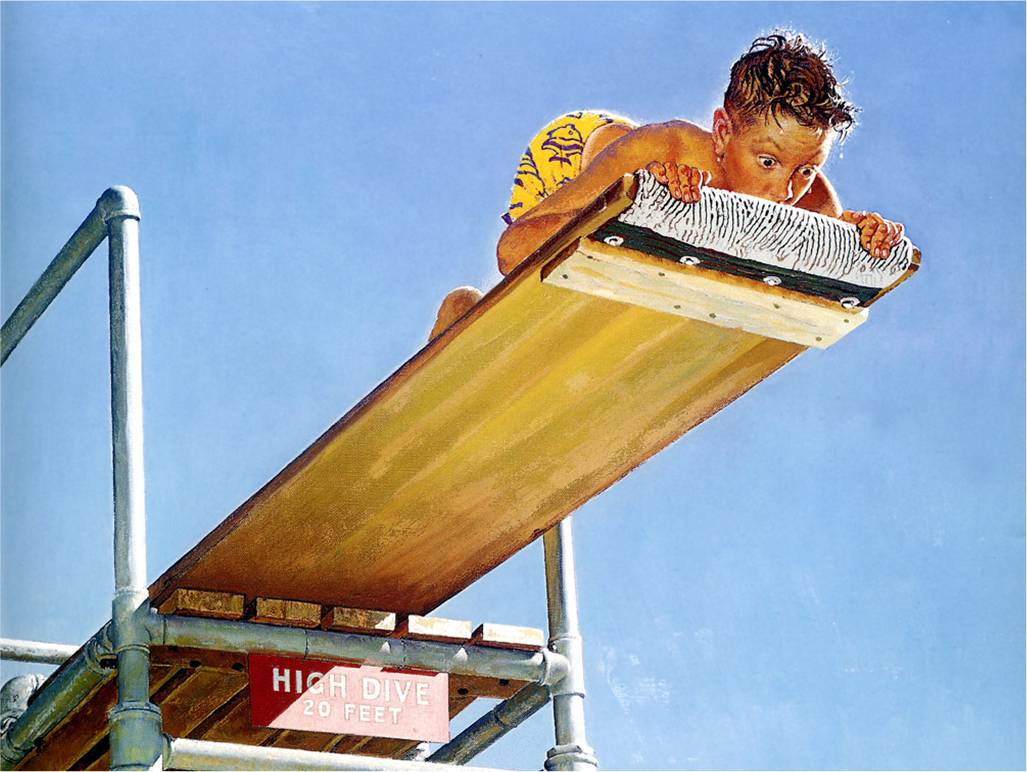
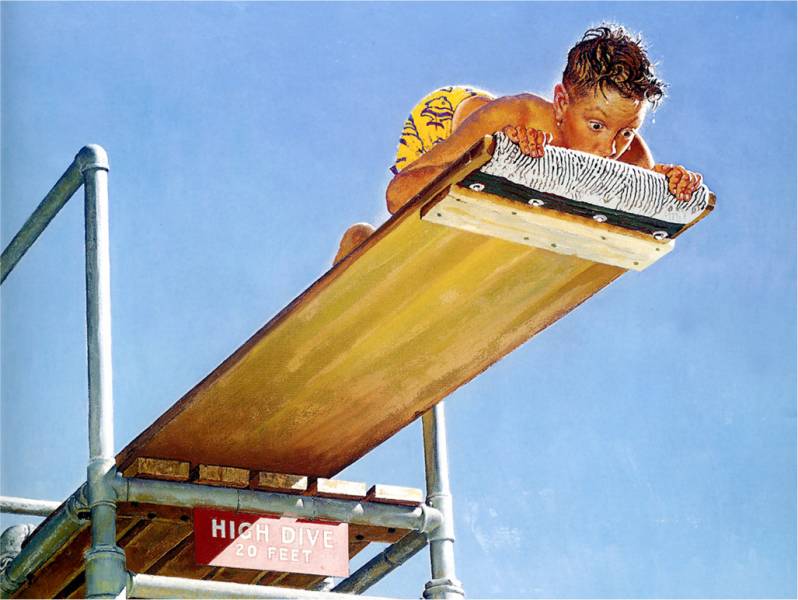


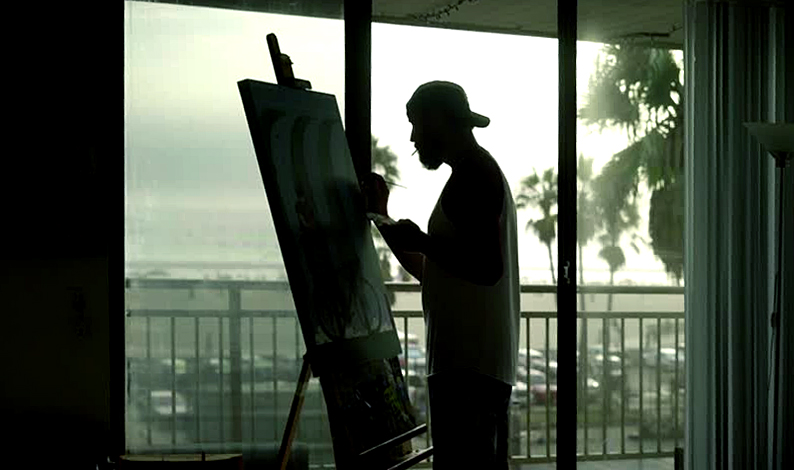






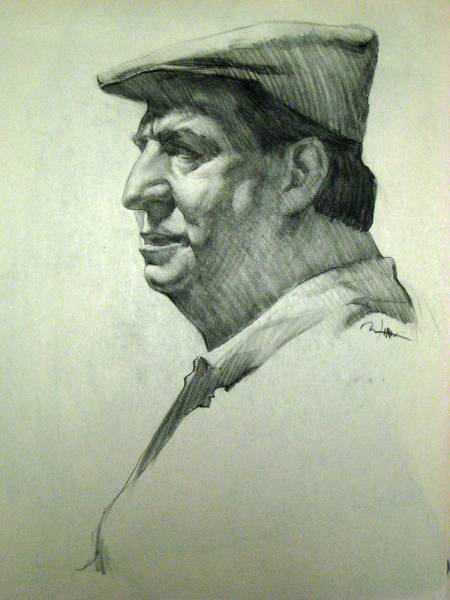
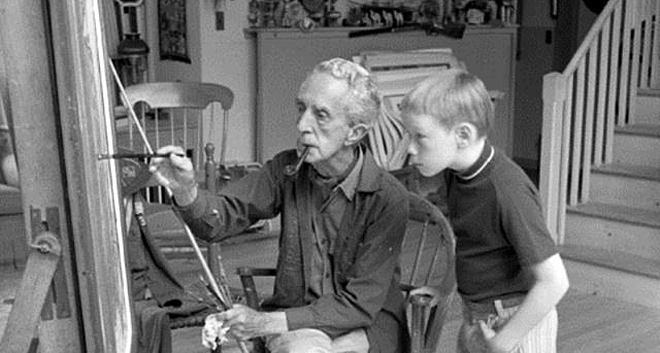
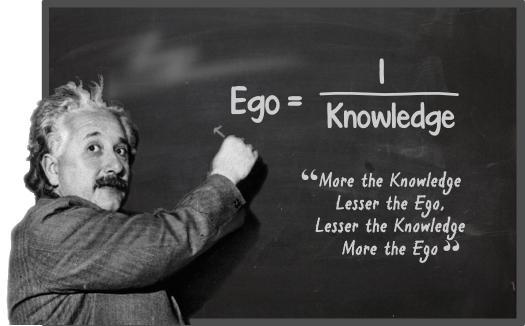

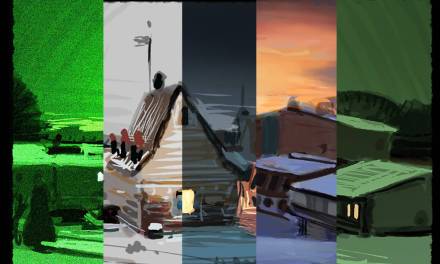


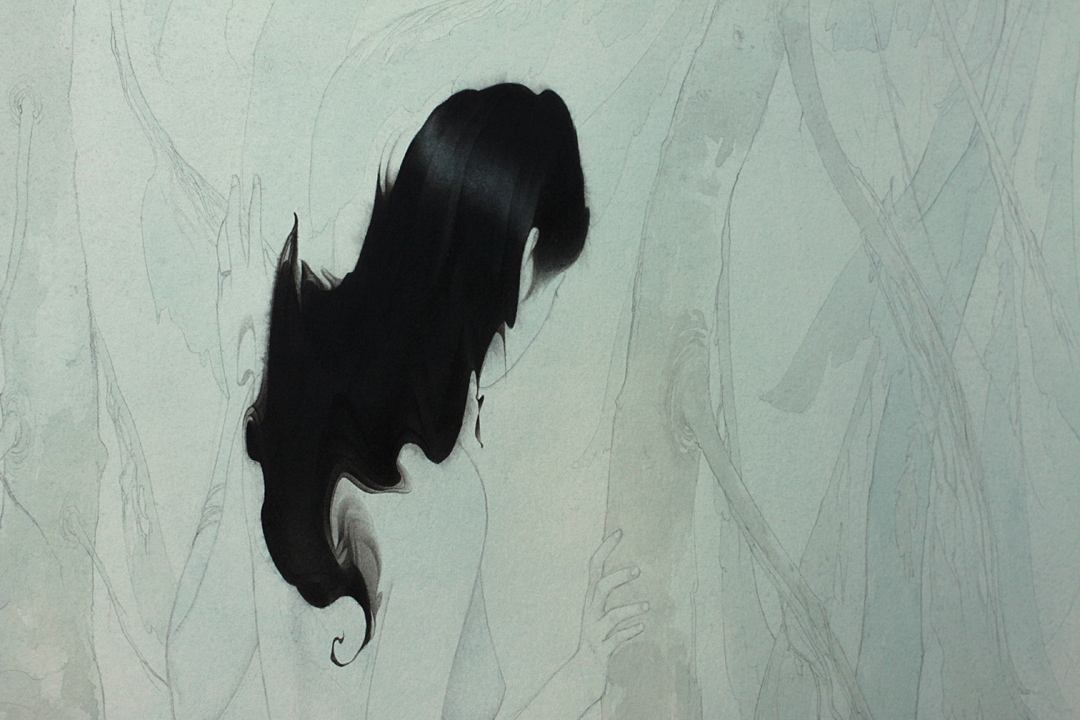
Great post Ron. Generally my artist practice comes from life drawing and copying other artist’s work. Having a different set of exercises to run through will be both refreshing and informative.
Thanks for taking the time to put this together. Makes my fingers itch to pull out my pencils and sketch pad again, even though it’s past time for me to crawl into bed!
Excellent article, one of the best in MuddyColors
Teachers who say they weed out the ones who will make it by being harsh and dismissive are merely amplifying their own ego. It is important to be firm with a student, but not to the point of dream-killing……..that quote was made by one of the members of this blog. So, don’t dismiss it easily.
I’m a 49-year-old woman living in the “wrong” part of America and although I’ve been lucky to work professionally in art once in a while, the chances of me finding an artistic mentor are slim to none. So all I have is dead artists and maybe some artists on blogs like this one, who describe a professional world I think I will never realistically have much access to, but there is good advice all the same. And all I have is my practice, my daily practice. I aspire to having a PRACTICE, not a career, though the career stuff is nice too and the commissions I have gotten have been satisfying and even (surprisingly) fairly paid. But for me it’s all about aspiring to have a practice; any career I ever get is going to come from that. If people aspired more to having a practice, rather than a career or that “thing” they are chasing (slim body, perfect health, and so on), I think they would be both happier on a daily basis and, of course, more in line to attain the “thing.”
hi Ron,
Thought this was a really helpful article – thank you very much for sharing. I wonder if I could ask you for some advice – I’m a complete newbie when it comes to art (I started teaching myself maybe 5-6 months ago at 25 years old) and, obviously, I still suck at pretty much everything. However – the one issue I find myself REALLY struggling with is what I’ve sometimes seen described as ‘looping’. For example – at the moment I’m doing an online course where I have to draw 8 different insects. For each one my practice has followed this routine:
Drawing attempt #1, “Oh, I could have done this better, also that angle sucks, this part of the anatomy is wrong’
Drawing attempt #2 , “That’s a bit better but I’m still really unhappy with x and y”
…
Drawing attempt #150 “I HATE MY FACE AND THIS STUPID DRAWING AND THAT’S AS GOOD AS IT’S GOING TO GET” (This drawing may not even be a huge leap from #2)
What would you recommend for this kind of practice? Is there any value in repeating something simplistic for minor improvements at such an early stage?
I find a lot it is just going through the motions and not really emphasizing upon your strengths or interests. That alone will kill motivation. I don’t see how you can have an atelier that only concentrates on figurative construction and completely neglect concept design, and expect the pupils to do concepting. You can’t have a Feng Zu school if you don’t do Feng Zu.
Y’know, I actually liked it when Lucas just gave the students a character to design and gave us the ‘time’ to contemplate it and come back with it the next week….none of this rush through it 15 minutes and submit it nonsense. That’s competitive concepting not thoughtful execution. I find I’m at my best when I’m relaxed, and especially confident. A lot of art training can turn into invalidating nonsense if you get worked over too much.